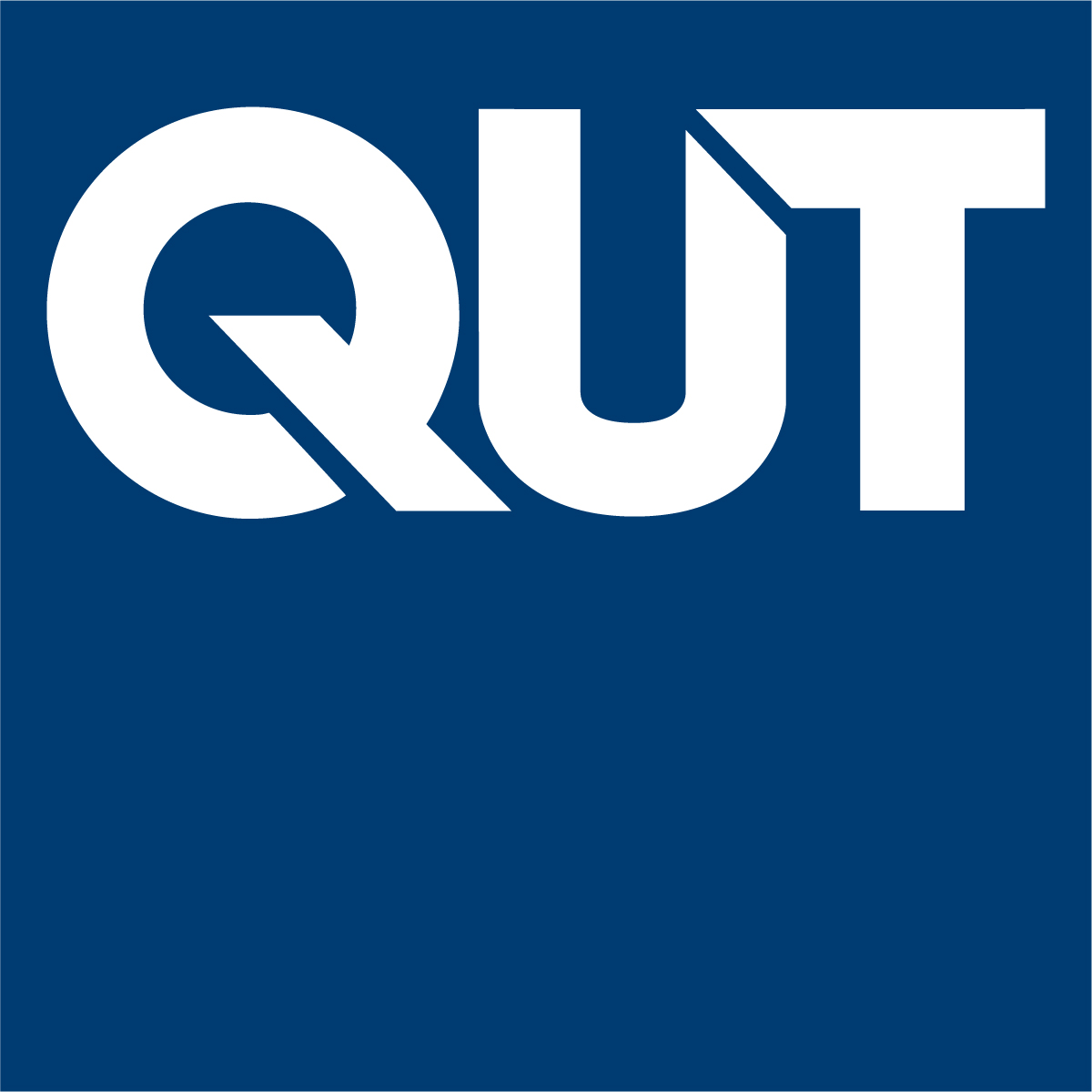The Media and Entertainment Arts Alliance (the key union for Australian media workers) has recently begun to organise a series of events titled "The Future of Journalism", bringing together industry and citizen journalists, academics, and other media experts to explore future developments in the news media. The first of these was held in Sydney in May, covered by Jason Wilson at Gatewatching and Rachel Hills at New Matilda, and now it's Brisbane's turn - at QUT's Gardens Theatre on 13 September 2008.












